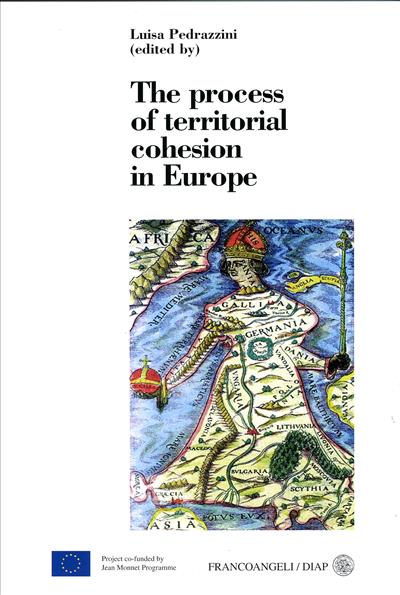
A cura di: Luisa Pedrazzini
The process of territorial cohesion in Europe
Pagine: 224
ISBN: 9788846471802
Edizione: 1a edizione 2006
Codice editore: 301.21
Disponibilità: Buona
Le nostre spedizioni verranno sospese per la pausa natalizia dal 17 dicembre al 6 gennaio (inclusi).
Gli ordini ricevuti dopo il 18 verranno evasi a partire dal 7 gennaio 2026.

A cura di: Luisa Pedrazzini
Pagine: 224
ISBN: 9788846471802
Edizione: 1a edizione 2006
Codice editore: 301.21
Disponibilità: Buona